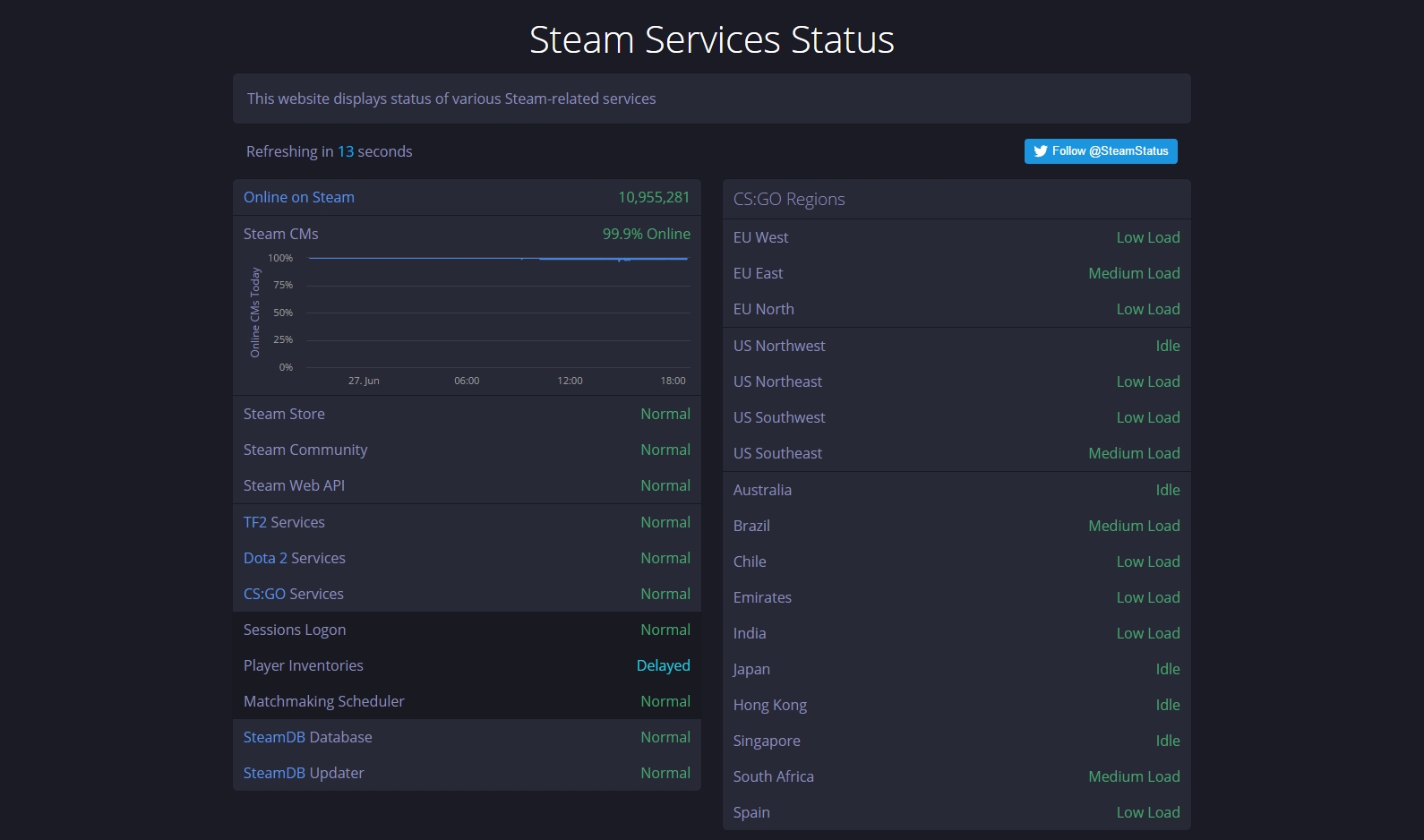

To support the dynamic analysis, the detailed dynamic model and control design of the HTSE process, which employs solid oxide electrolysis cells, have been developed to predict the process behavior over a large range of operating conditions. A dynamic performance analysis of the LWR/HTSE integration case was more » carried out to evaluate the technical feasibility (load-following capability) and safety of such a system operating under highly variable conditions requiring flexible output. This integrated energy system would be capable of dynamically apportioning thermal and electrical energy (1) to provide responsive generation to the power grid and (2) to produce alternative industrial products (i.e., hydrogen and oxygen) without generating any greenhouse gases.

HTSE has been proposed as a high priority industrial process to be integrated with a light water reactor (LWR) in an N-R HES. In FY 2016, INL has developed two additional subsystems in the Modelica framework: a high-temperature steam electrolysis (HTSE) plant and a gas turbine power plant (GTPP).

In fiscal year (FY) 2015, Idaho National Laboratory (INL) performed a dynamic analysis of two region-specific N-R HES configurations, including the gas-to-liquid (natural gas to Fischer-Tropsch synthetic fuel) and brackish water reverse osmosis desalination plants as industrial processes. In order to facilitate dynamic M&S of such an integrated system, research groups in multiple national laboratories have been developing various subsystems as dynamic physics-based components using the Modelica programming language. This report has been prepared as part of an effort to design and build a modeling and simulation (M&S) framework to assess the economic viability of a nuclear-renewable hybrid energy system (N-R HES).


 0 kommentar(er)
0 kommentar(er)
